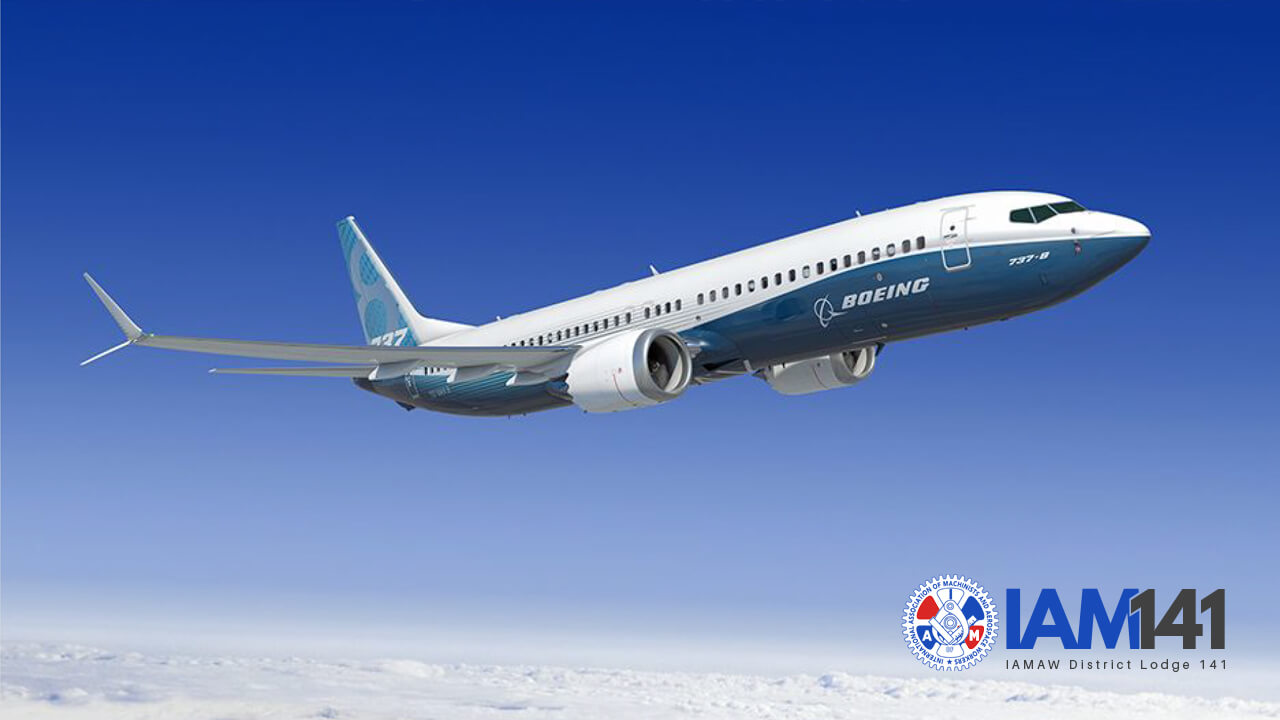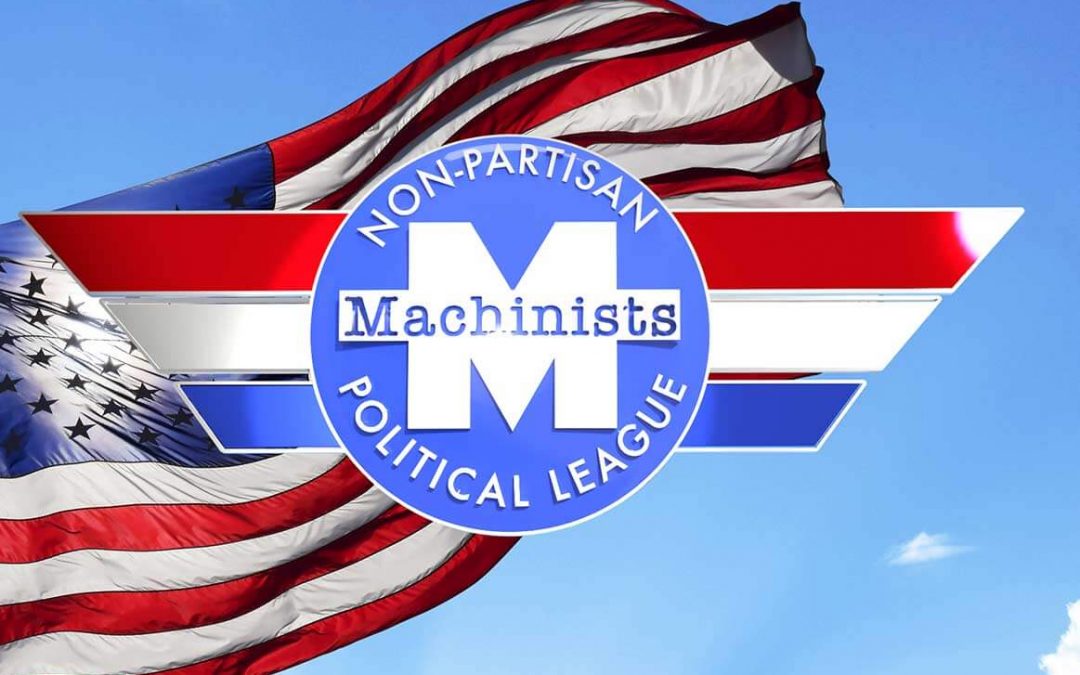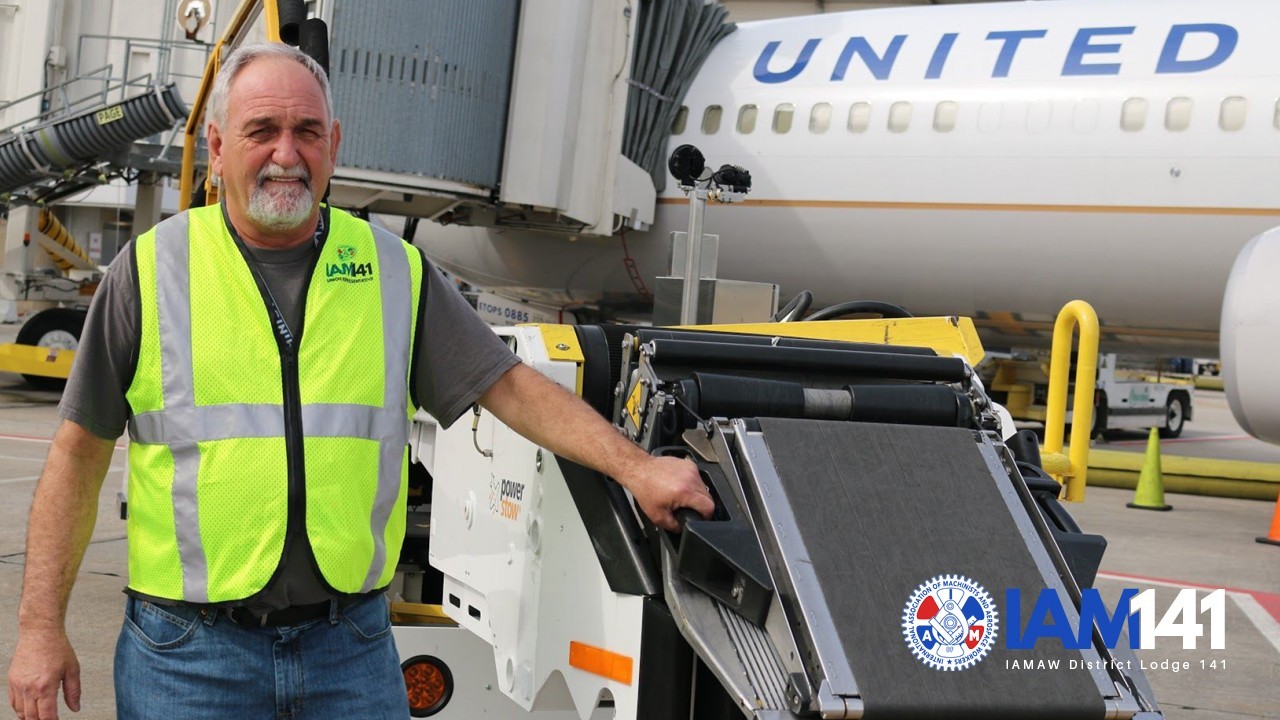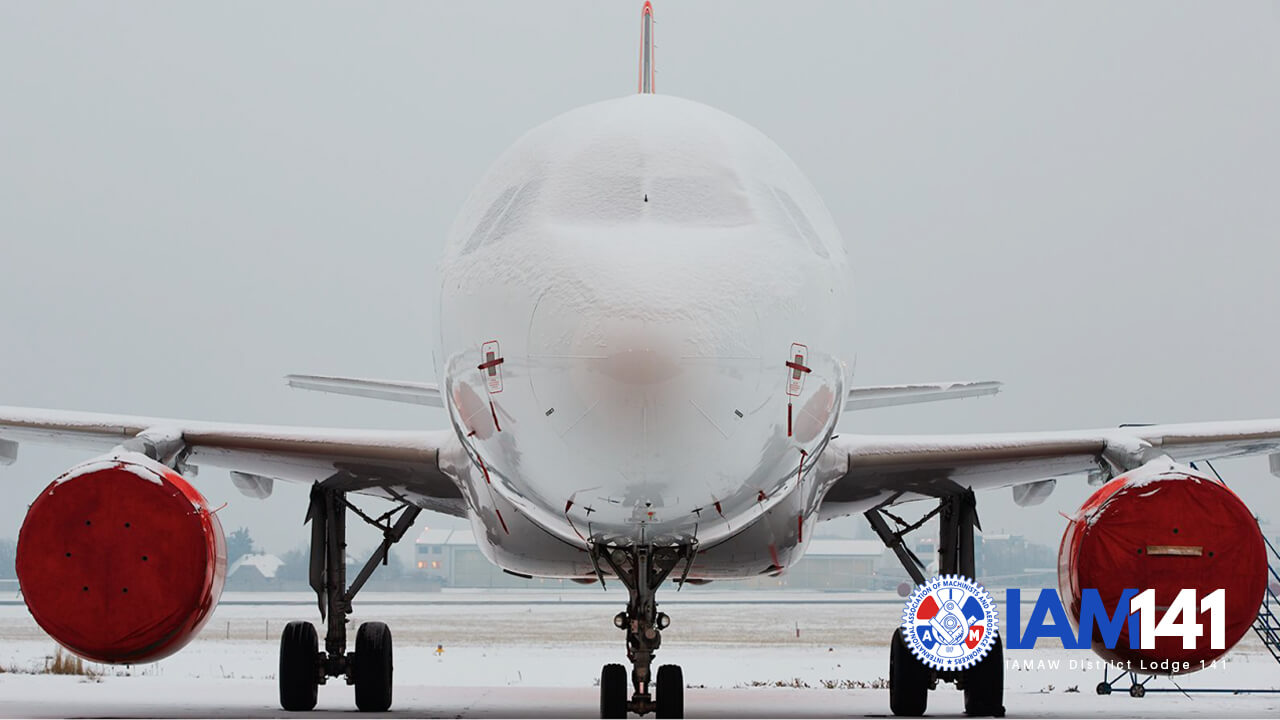
by Eric Price | Mar 14, 2019 | Airlines, American, Departments, Featured, Hawaiian, Home, Philippine, Safety, Spirit, United
For most travelers, getting on a brand new plane is a treat. Besides that “new plane smell,” passengers expect that a new aircraft, like a new car or appliance, will offer the latest advances in technology, safety and comfort. When that aircraft is the newest version...

by Eric Price | Mar 5, 2019 | Airlines, American, Departments, Hawaiian, Home, Philippine, Safety, Spirit, United
A bolt of lightning struck a UPS ramp worker upside the head as he loaded a 757 freight plane at Clinton National Airport (LIT) this week. 52-year-old Darin Campbell is expected to make a full recovery after lightning struck him in the head while he was working a...

by Eric Price | Feb 21, 2019 | Airlines, American, Departments, Featured, Hawaiian, Home, MNPL, Organizing, Philippine, Spirit, United
Right to Work is coming to our nation’s airlines. When it arrives, the wages of all airline workers could be slashed within just a few years. Overall compensation could be cut by more than half. The good news: Missouri unions know how to stop it. There’s a...
by Eric Price | Feb 18, 2019 | Airlines, Departments, Education, Featured, Hawaiian, Home, Video
Local 1979 in Hawaii hosted Educators from DL 141 for a series of Shop Steward training sessions in Honolulu and Maui. Besides a review of the basics regarding contract enforcement, the training included information about resources available to members such as the...

by Eric Price | Feb 15, 2019 | Airlines, American, Departments, Featured, Hawaiian, Home, Philippine, Safety, Spirit, United
Safety Advocates combine communication, partnerships and grassroots action to improve airline safety. With few exceptions, such as a notable tragedy aboard a Southwest flight last April, US carriers are currently building one of the safest periods in history for air...

by Eric Price | Jan 29, 2019 | Airlines, American, Hawaiian, Home, Philippine, Spirit, United
The brutal Arctic blast striking the United States this week is making life a living hell for airport workers around the nation, including thousands working in Chicago’s O’Hare and Midway. Here are a few fast facts about the approaching Atomic Arctic Blast. Fact...






